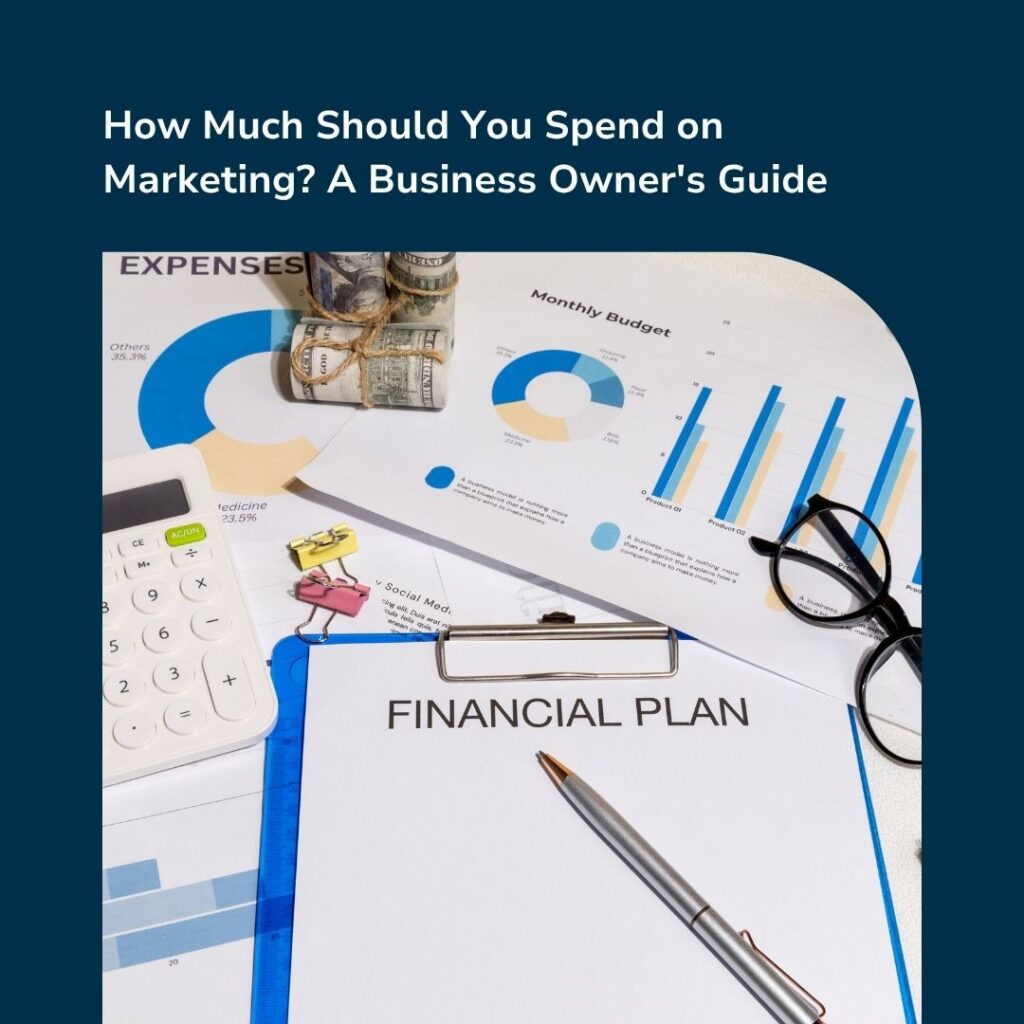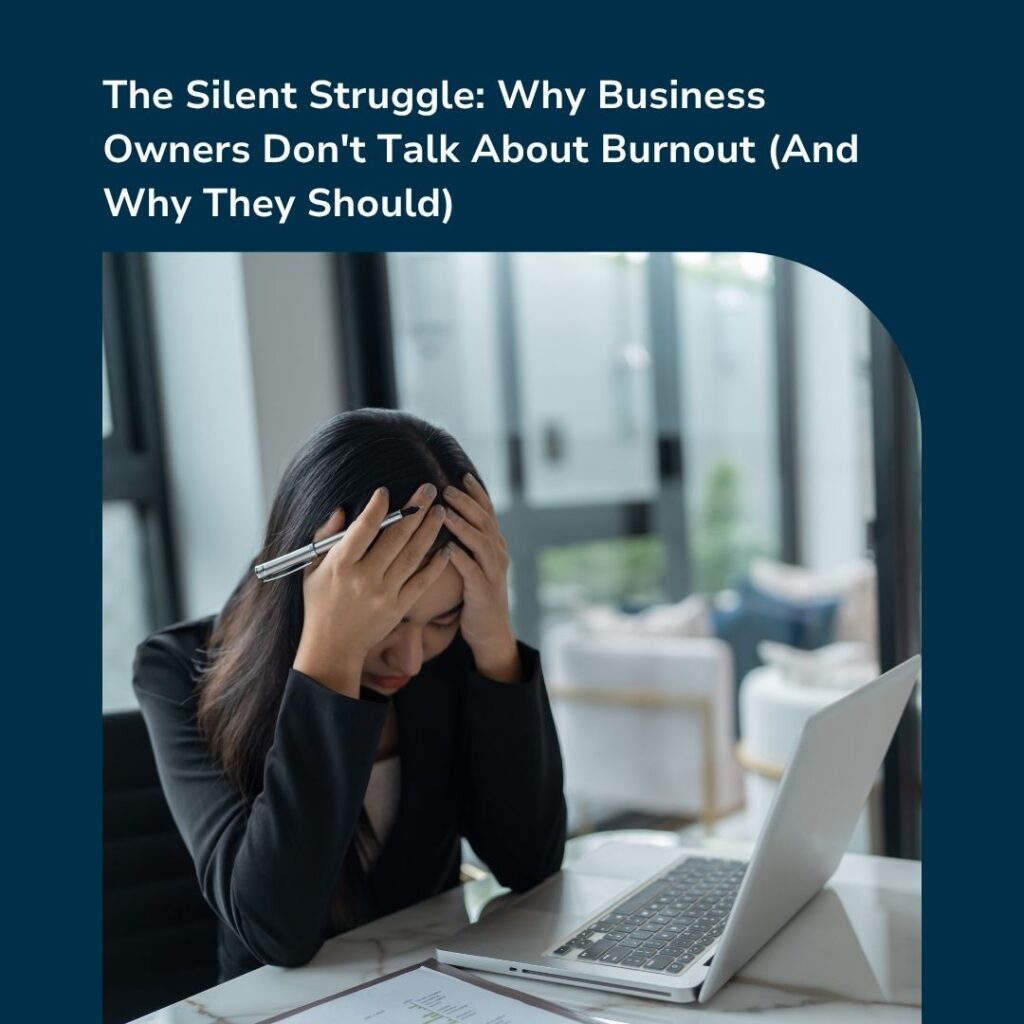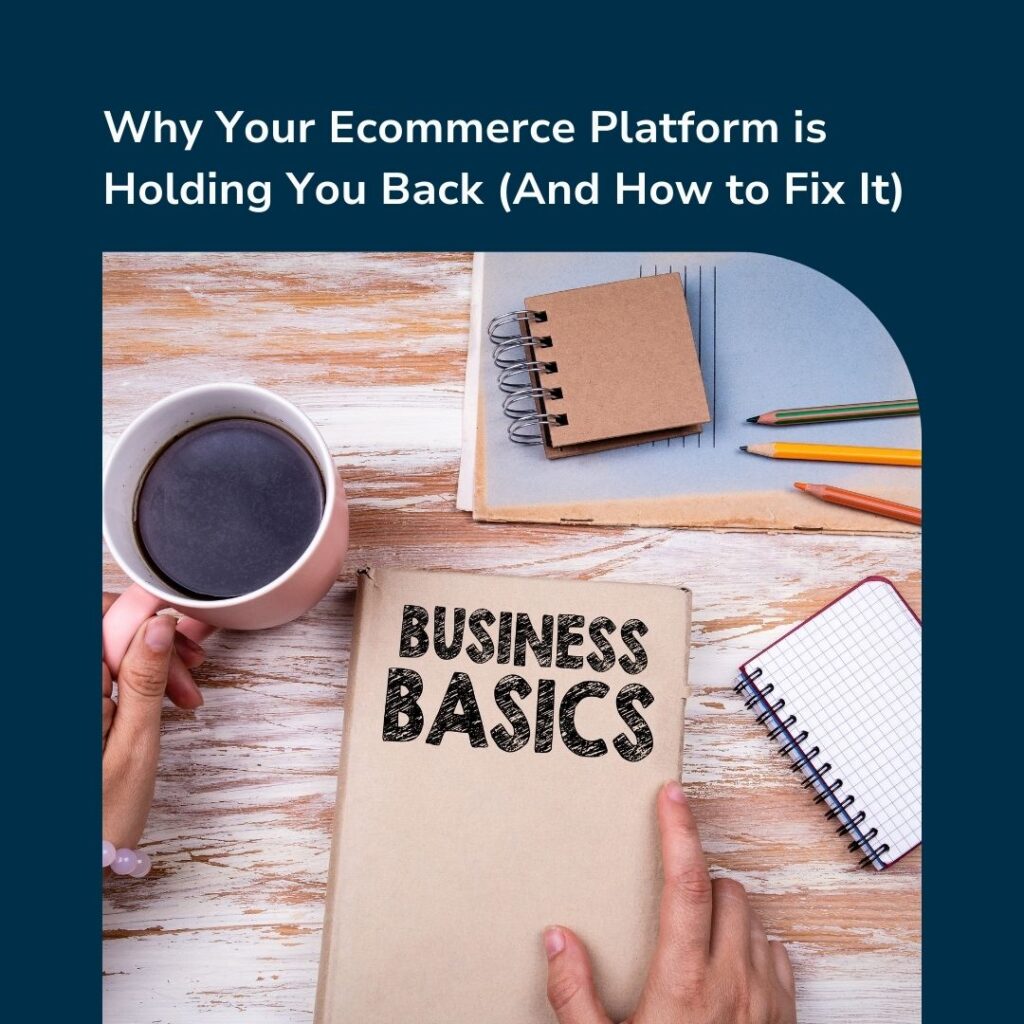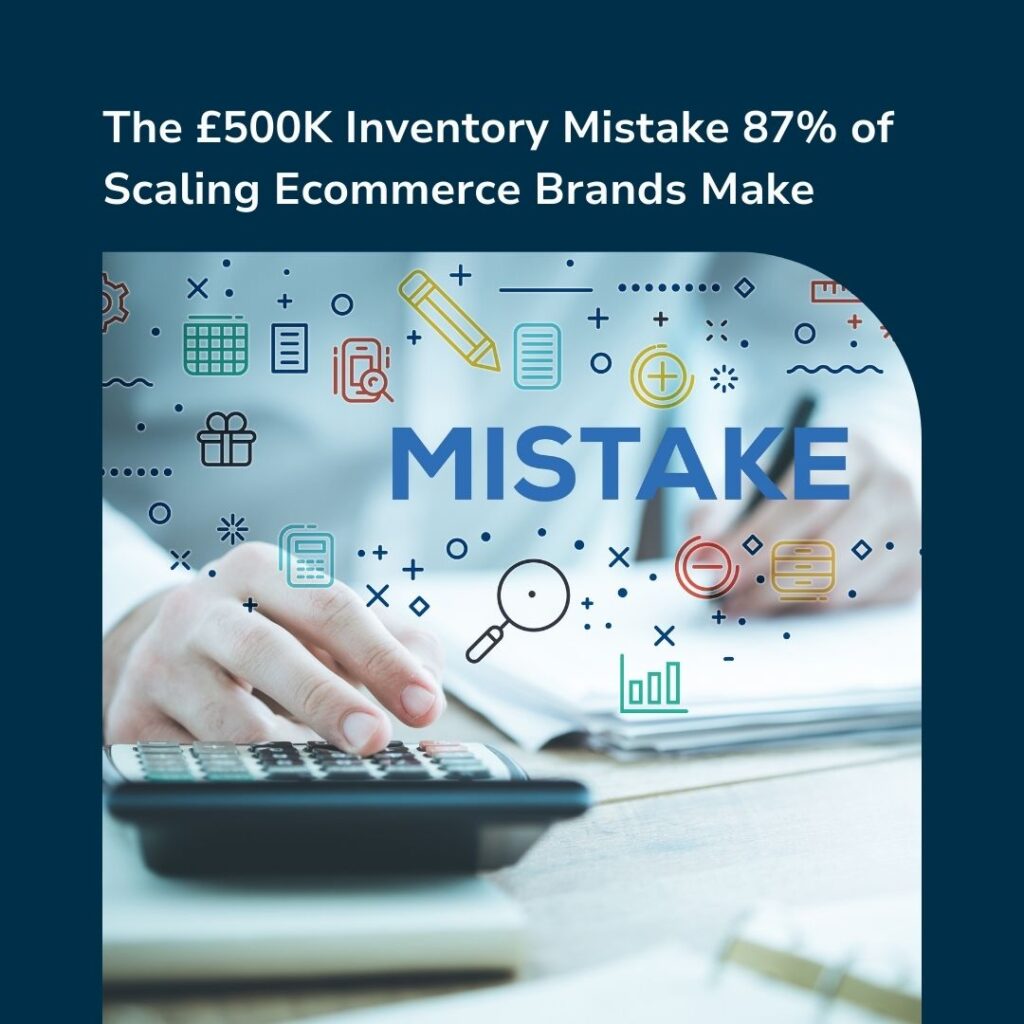When it comes to growing eCommerce revenue through paid advertising, two of the most talked-about Google Ads campaign types are Performance Max and Search.
While both have their merits, they serve different roles in the marketing funnel and can produce very different results depending on how they are implemented.
In this blog, we dig deep into the differences between the two, explore the sales outcomes from each approach using month-on-month real-world data, and offer strategic insights to help eCommerce brands choose the right path—or blend both intelligently.
Understanding the Core Difference
Google Search Campaigns target specific keywords that users type into the search engine. These are intent-driven campaigns where the advertiser bids on broad, exact or phrase match terms, giving full control over what searches trigger the ad. Search campaigns are laser-focused and are excellent for capturing bottom-of-funnel prospects who are actively looking to buy.
Performance Max Campaigns, on the other hand, are Google’s automated campaign type. They blend inventory from Search, Display, YouTube, Gmail, Discover, and Shopping into one unified campaign powered by machine learning. You input creative assets, audience signals, and product feeds, and Google decides when, where, and how to show your ads across its entire ecosystem.
A Look at the Numbers (Example)
To illustrate the performance comparison, let’s examine anonymised monthly sales data from an eCommerce brand that shifted its budget between Performance Max and Search from August to October 2024.
August 2024
- Sessions: 11,723
- Orders: 296
- Total Sales: £8,685.18
- Conversion Rate: 2.45%
September 2024
- Sessions: 13,933 (↑ 23%)
- Orders: 415 (↑ 44%)
- Total Sales: £11,598.35 (↑ 37%)
- Conversion Rate: 2.93% (↑ 19%)
October 2024
- Sessions: 9,768 (↓ 30%)
- Orders: 522 (↑ 22%)
- Total Sales: £15,358.44 (↑ 29%)
- Conversion Rate: 3.86% (↑ 32%)
These results demonstrate a key strategic insight: while sessions decreased in October, the increase in conversion rate and total revenue suggests that the audience being reached was of much higher intent. Rather than chasing volume, the strategy prioritised quality over quantity, targeting users more likely to convert. This uplift occurred during a period when more budget was allocated to Performance Max over standard Search.
But the real gain wasn’t just in revenue—it was in efficiency. Despite a 30% drop in sessions, the business saw a 29% increase in sales and a 32% improvement in conversion rate, meaning more revenue was generated from fewer visits. This led to a lower cost per acquisition (CPA) and a better return on ad spend (ROAS).
Performance Max allowed Google’s algorithm to dynamically serve ads across multiple high-converting placements—like Shopping, YouTube, Gmail, and Display—based on predicted buyer intent. As a result, instead of paying for broad search terms that might attract window shoppers, the strategy shifted toward Google’s AI-identified audiences who were more likely to complete a purchase.
This approach also reduced wasted ad spend. With less reliance on manually bidding for keywords (as is common in Search), the campaign benefited from smarter distribution of the budget across touchpoints with higher commercial value. By allowing Performance Max to learn and optimise in real time, the business reached better-fit customers with less effort and lower cost per sale.
In essence, this pivot was not just about boosting conversions—it was about doing more with less. A smaller audience, curated by machine learning, ultimately proved far more profitable than a larger pool of lower-intent traffic.
Why Performance Max Is a Game Changer
1. Reach Across the Full Funnel
Performance Max campaigns allow your brand to appear not only when someone is actively searching (like in Search campaigns), but also when they are browsing websites, watching YouTube videos, scrolling through Discover feeds, or checking their emails via Gmail. This multi-touchpoint approach enables your brand to maintain visibility and relevance across the full spectrum of the buyer’s journey—even when users aren’t explicitly searching for your products.
Why is this important? Because purchase decisions in eCommerce rarely happen in a straight line. Customers don’t always convert the moment they type a keyword into Google. In many cases, they’re influenced by what they’ve seen earlier in the day, a product recommendation in a YouTube video, or even an email ad that passively entered their awareness. Performance Max capitalises on this non-linear behaviour by keeping your brand top of mind across platforms that users interact with daily.
By appearing at multiple points of engagement, you build brand familiarity and trust, which are critical drivers of conversions—especially in competitive product categories. Moreover, it allows you to reach potential customers before they’ve even begun actively searching, pulling them into your funnel earlier than traditional Search campaigns can.
This continuous, omnichannel exposure shortens the decision-making cycle, increases conversion likelihood, and—crucially—improves return on ad spend by ensuring your ads aren’t just seen, but seen at the right time, in the right context. In other words, Performance Max isn’t just about casting a wider net—it’s about being strategically present where influence happens.
2. Asset Diversity and Creative Automation
Unlike Search campaigns, which rely heavily on static text assets like headlines and descriptions to capture intent-driven traffic, Performance Max brings in a much broader creative toolkit. It allows advertisers to incorporate images, videos, product feeds, logos, and call-to-action assets—all of which are dynamically assembled by Google to match different formats and placements across the entire Google ecosystem.
This visual appeal makes a dramatic difference for eCommerce, where showcasing the look, style, and features of physical products is essential for influencing purchasing behaviour. A compelling image or lifestyle video can do what plain text cannot—evoke emotion, demonstrate value, and show the product in action. This becomes especially powerful when targeting audiences who may not yet be actively searching, but who can be nudged toward conversion through compelling visual storytelling.
Creative diversity also enables your brand to adapt to the environment where the ad is being served. For example:
- On YouTube, a short product demo or testimonial builds credibility and interest.
- On the Display Network, a beautifully composed product image grabs attention mid-scroll.
- In Gmail ads, a strong headline paired with an image encourages click-through to your site.
By automatically assembling the right asset combinations for each platform and user, Performance Max maximises the utility of your creative library without the need for manually managing ad variations for each channel. This not only saves time, but it significantly boosts ad relevance and engagement, which Google’s machine learning then uses to further optimise performance.
In short, Performance Max doesn’t just give you more ad placements—it amplifies the impact of your creatives, helping you break through the noise, connect visually with your ideal customer, and drive higher conversions at scale. For eCommerce brands looking to bring their products to life and stand out in a crowded market, this is an invaluable advantage.
3. Intent + Discovery = Higher Sales Quality
October’s 3.86% conversion rate—achieved despite a noticeable drop in overall sessions—demonstrates the real strength of Performance Max: its ability to identify and prioritise high-intent users over simply driving traffic volume. In traditional advertising logic, fewer website visits might suggest weaker performance, but in this case, the opposite was true. Revenue increased, orders went up, and the conversion rate improved significantly, highlighting that it’s not about how many people visit—it’s about who is visiting.
This is where Google’s automation and machine learning in Performance Max shine. Rather than relying on manually curated keyword lists, which are limited to what the advertiser anticipates people will search for, Performance Max uses a much wider range of intent signals. These include user behaviour patterns, content engagement history, purchase journeys, demographic data, and contextual triggers across all of Google’s properties. This enables the algorithm to place ads in front of people who are not just interested—but primed to convert.
The result? While manual keyword campaigns might reach anyone searching a relevant term, Performance Max focuses budget and effort on those who’ve demonstrated higher commercial intent, even if they’re not actively typing your keywords into the search bar. This predictive targeting reduces waste and ensures that every click has a stronger chance of becoming a paying customer.
In strategic terms, this allows eCommerce brands to achieve better returns with leaner traffic, lowering customer acquisition costs and scaling profitability even when ad spend remains constant. It’s a smarter, more efficient way to advertise—optimising not just for visibility, but for action. And in a market where competition and CPCs are rising, that’s the kind of performance edge that matters most.
The Case for Traditional Search Campaigns
While Performance Max provides automation and broader reach, Search still plays an important role.
1. Precise Control Over Keywords and Messaging
With Search campaigns, you can specify exactly which queries you want to appear for and control the narrative more tightly. This is useful when your products are niche, or when there’s a clear high-performing keyword base.
2. Granular Testing and A/B Split
Search gives you the freedom to test different match types, ad copy, and bidding strategies in a controlled environment. Performance Max, although powerful, is more of a black box—you provide signals, but Google handles the heavy lifting.
3. Great for Branded and Competitor Terms
If you’re defending your brand name or targeting competitor traffic, Search is often more effective. You can also use it to mop up high-intent searches that Performance Max may not cover efficiently on its own.
Strategic Recommendation: Scale Smarter with Performance Max as the Core
In our campaigns, the focus has not been on choosing between Search and Performance Max—but on understanding where scalable sales truly come from. While Search campaigns still play a supportive role, our strategy leans more heavily on Performance Max because it better reflects how most customers actually shop online today.
The reality is this: most eCommerce brands are not selling ultra-niche products with unique search demand that justifies a heavy Search-only approach. Unless you dominate a well-defined, high-volume keyword space, Search alone can quickly hit a ceiling. You’re limited by what people explicitly search for—and competing aggressively for clicks on the same generic terms as everyone else often leads to higher CPCs and diminishing returns.
That’s why our strategy has leaned into Performance Max as the primary engine for growth:
- Performance Max lets us go beyond intent and tap into discovery, interest, and behavioural signals. It allows Google’s algorithm to serve ads at moments when potential customers are primed to buy—even if they’re not actively searching.
- We feed Google rich product data, audience signals, and creative assets, then let machine learning determine the most effective placements—whether it’s YouTube, Gmail, Shopping, or Display.
- This has allowed us to find customers before they enter the market, while still capturing those ready to buy. That blend of prospecting and converting in one campaign is what makes Performance Max not just scalable—but efficient.
Meanwhile, Search campaigns are used surgically:
- To pick up branded traffic and bottom-of-funnel searches.
- To cover specific high-performing terms.
- To prevent cannibalisation and ensure coverage on intent-heavy queries.
In October, for example, the increased reliance on Performance Max—paired with a more focused Search strategy—resulted in a significant lift in sales and conversion rate, despite a decrease in traffic volume. This wasn’t a coincidence—it was the result of trusting Google’s automation to go beyond what people search, and instead focus on who they are, how they behave, and when they’re most likely to buy.
For most eCommerce businesses today, especially those with broad product ranges or everyday items, this is the more realistic and cost-effective path to growth. Rather than hoping to win the keyword bidding war, you let automation do what it does best: optimise delivery to real buyers across every channel.
Final Thoughts: The Smarter Route to Scalable eCommerce Growth
In today’s competitive eCommerce landscape, the choice between Google Performance Max and traditional Search shouldn’t be framed as an either/or decision—it’s about understanding how consumers really shop and aligning your strategy accordingly.
The data shows it clearly: Performance Max has become the backbone of scalable, cost-effective sales growth. Its ability to tap into intent signals across the entire Google ecosystem—before, during, and after the customer begins searching—makes it uniquely positioned to uncover high-value buyers who would never be reached through Search alone. Even as session volume declined in October, sales rose and conversion rates improved dramatically. That kind of outcome isn’t just a nice result—it’s a sign of an optimised system working in harmony with how people actually behave online.
By contrast, Search campaigns remain a powerful—but limited—tool. They’re excellent for capturing demand that already exists, defending your brand terms, and zeroing in on known high-performing keywords. But the reality for most eCommerce businesses is that their products are not niche or novel enough to rely solely on keyword-based intent. Unless you have a unique category with strong organic search demand, Search-only strategies can quickly become expensive, restrictive, and ultimately unsustainable.
That’s why leading eCommerce advertisers are shifting their thinking. They’re no longer trying to control every keyword—they’re investing in full-funnel visibility, automation, and scalable creative delivery. They’re allowing Google’s AI to not only predict who’s likely to convert but also where and when to engage them—whether that’s on YouTube, Gmail, Google Shopping, or the Discover feed.
To stay competitive, your strategy must follow suit. That means:
- Prioritising Performance Max as your growth engin
- Using Search sparingly to support intent-heavy opportunities
- Feeding the algorithm the right data: audience signals, high-quality product feeds, and a strong creative mix
Ultimately, this isn’t just about better performance—it’s about future-proofing your business. As automation becomes the norm and cross-channel discovery becomes more vital than ever, Performance Max offers a way to scale profitably, reduce waste, and tap into demand you didn’t even know existed.
In short: if you want to grow your eCommerce brand with confidence, lean into where the market—and your customers—are heading. Let Performance Max do the heavy lifting. Search will always be there when you need it—but the real scale lives in automation, discovery, and precision targeting across the full digital landscape.








